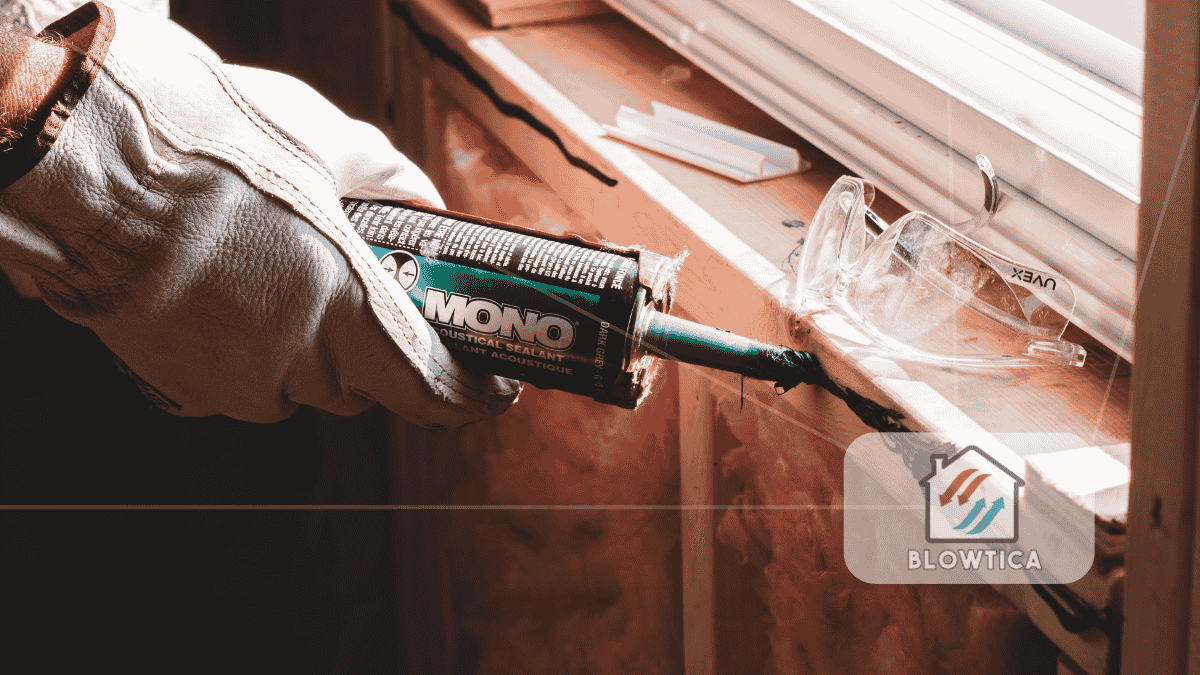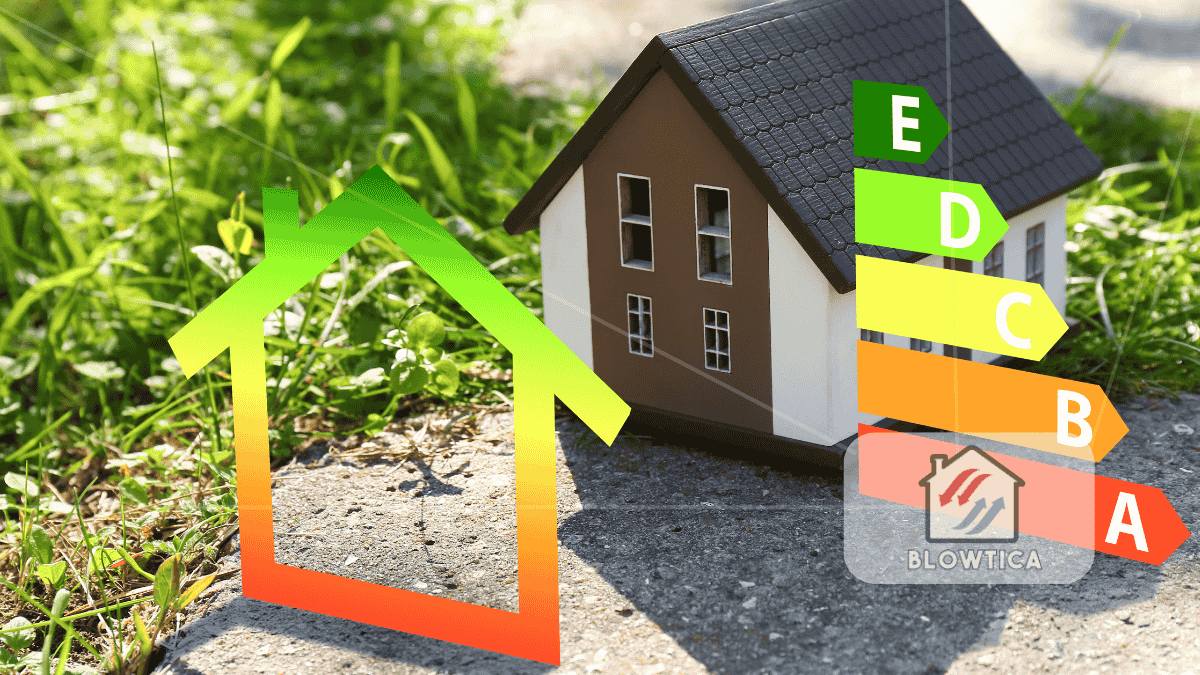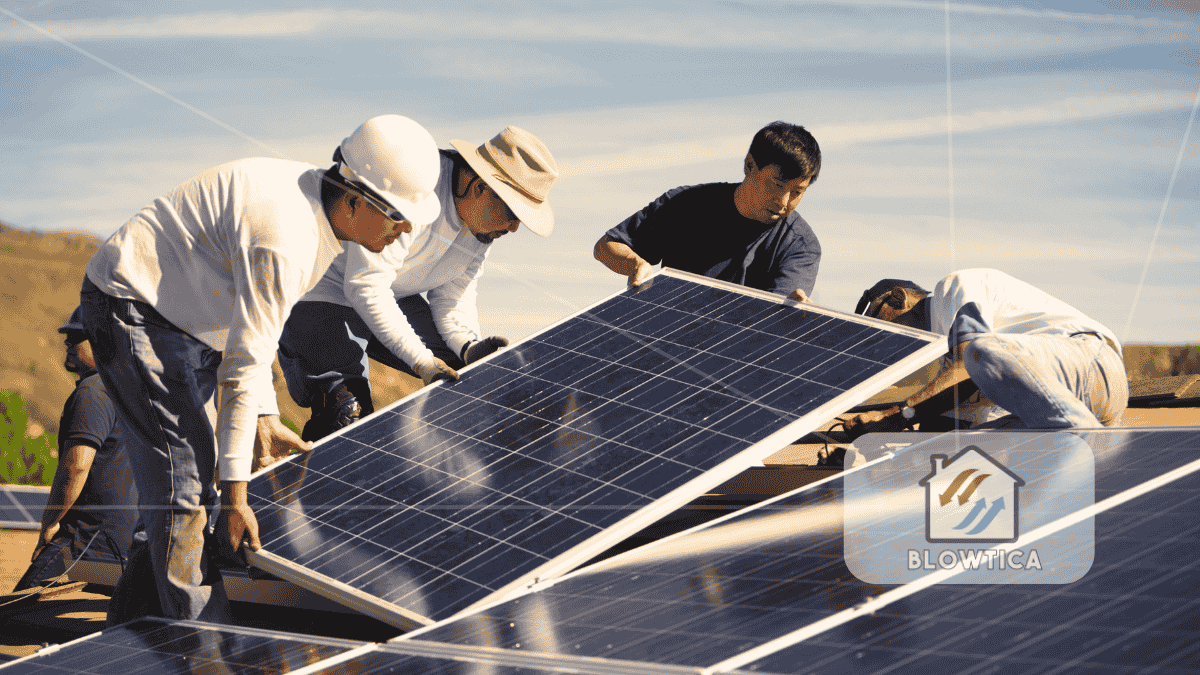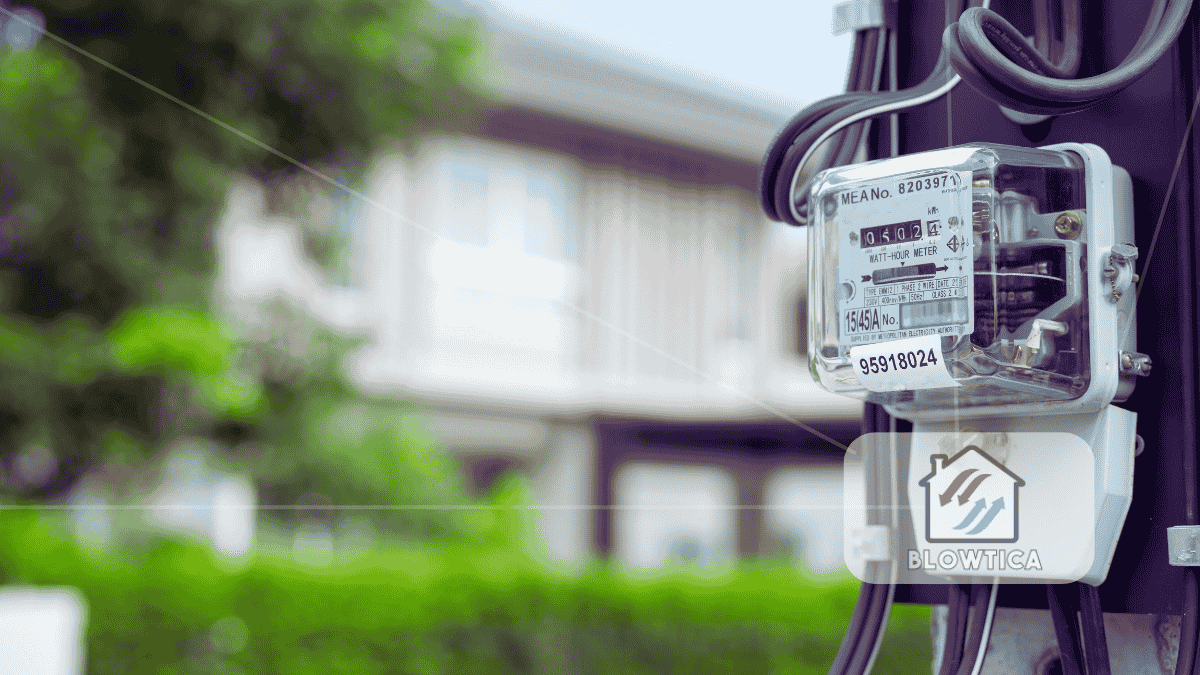
No matter where you live, the weather is never truly predictable. One week it’s blistering hot. The next you’re dealing with a cold snap or torrential rain. If your home isn’t ready to handle these extremes, you’ll feel it in your utility bills and possibly in repair costs. The good news is that with a little effort and some strategic weatherproofing tips, you can protect your home from the elements all year long.
These weatherproofing tips will help you stay ahead of the game, save money, and keep your home dry, warm, and damage-free no matter what nature throws your way.
1. Start With a Home Energy and Draft Audit
Before jumping into repairs, do a full walkthrough of your home. Look for areas where air or water might sneak in. Pay attention to drafty windows, cold walls, musty smells, or uneven temperatures. If you can swing it, hire a pro to do an energy audit. They use thermal imaging to pinpoint heat loss and moisture-prone spots.
DIY tip: On a windy day, walk around with a lit incense stick near windows, doors, and outlets. Watch for smoke movement to find leaks.
2. Seal Windows and Doors Tight
One of the quickest and cheapest ways to improve your home’s comfort is sealing up leaks around windows and doors. Even tiny cracks can make a big dent in your energy efficiency.
Here’s how:
- Replace old weatherstripping. It wears out faster than you think.
- Use caulk to seal frames where gaps have opened up.
- Add door sweeps to stop drafts from sneaking under doors.
- Install thermal curtains or cellular shades for extra insulation in extreme seasons.
If your windows are decades old and single-pane, consider replacing them with double-pane or low-E glass. They’re a bigger investment, but they pay off in energy savings.
3. Boost Insulation in Key Areas
A well-insulated home stays warmer in winter and cooler in summer. If you live in an older home, chances are your insulation is underperforming or nonexistent.
Focus on:
- The attic. It’s often the biggest source of heat loss. Aim for at least R-38 in colder climates.
- Exterior walls. Blow-in cellulose or spray foam can fill hidden gaps without tearing into drywall.
- Basements and crawl spaces. Use rigid foam or spray insulation to block moisture and air infiltration.
- Floor joists and rim joists. These are notorious weak spots for air leaks and condensation.
Adding insulation isn’t glamorous, but it’s one of the smartest weatherproofing tips for long-term energy savings.
4. Inspect and Reinforce Your Roof
The roof protects everything underneath it. Yet many homeowners don’t pay attention until water starts dripping onto the floor.
Stay ahead by:
- Checking for missing, cracked, or curling shingles after storms or each season change.
- Clearing leaves and debris from gutters so water flows away from the house.
- Adding ice and water shields under shingles in snow-prone areas.
- Inspecting flashing around chimneys and vents. It’s a common leak source.
If your roof is 20 or more years old or shows signs of sagging or repeated leaks, don’t wait. A new roof is a major expense, but not nearly as expensive as water damage.
5. Weatherproof the Foundation
Ignoring your foundation is like ignoring the roots of a tree. Even small cracks can lead to big issues like flooding, shifting walls, or mold.
Get proactive:
- Walk the perimeter after heavy rains and make sure water isn’t pooling near your walls.
- Use soil grading to slope the ground away from the house. A 5% grade is ideal.
- Extend downspouts at least 4 to 6 feet from the foundation.
- Seal foundation cracks with epoxy or hydraulic cement.
- Install a French drain or sump pump if your basement regularly collects water.
These weatherproofing tips aren’t just about staying dry. They’re about preventing thousands of dollars in structural damage.
6. Fortify the Garage
Garages aren’t just for parking. They’re often attached to living space, which means they can transfer heat loss, fumes, or moisture if not sealed well.
Don’t skip:
- Sealing around the garage door with weatherstripping.
- Insulating the door panels, especially if you live in an area with temperature extremes.
- Caulking around wall outlets or light fixtures in the garage.
- Adding ventilation if moisture builds up easily.
Consider installing a wind-rated door if you’re in a hurricane zone. Garage failures are a major cause of home destruction in high-wind events.
7. Defend Against Frozen Pipes
Winter brings one of the most destructive and preventable home disasters: burst pipes. When water freezes and expands, it can rupture even metal plumbing.
Avoid the mess:
- Wrap vulnerable pipes in foam insulation.
- Use heat tape or pipe sleeves in extreme cold.
- Let faucets drip slowly during hard freezes to keep water moving.
- Keep cabinet doors open under sinks to let warm air circulate.
Shutting off and draining outdoor spigots before the first freeze is a must.
8. Improve Attic Ventilation
Attics aren’t just storage space. They affect your entire home’s temperature and moisture balance.
Poor ventilation leads to:
- Ice dams in winter, which can damage the roof and gutters.
- Mold and mildew from trapped humidity.
- Overheating in summer raises your AC bill.
Install soffit and ridge vents to encourage airflow. Add an attic fan if needed. Make sure the insulation doesn’t block vents.
9. Add Storm Protection Where Needed
In some regions, basic weatherproofing isn’t enough. If you live in a high-risk area such as hurricanes, wildfires, or blizzards, you need more serious prep.
Ideas include:
- Hurricane shutters or impact-rated windows.
- Storm doors with multi-point locks.
- Reinforced roofing straps for high-wind resistance.
- Ember-resistant vents if you’re in a wildfire country.
One of the best weatherproofing tips is to think ahead. Don’t wait until your region is under a weather alert to make these changes.
10. Control Moisture and Condensation
Mold doesn’t need flooding to start growing. It just needs consistent moisture and time.
Stay dry by:
- Running bathroom fans during and after showers.
- Using a dehumidifier in basements and humid climates.
- Checking under sinks and around appliances for slow leaks.
- Insulating cold surfaces like pipes or exterior walls where condensation forms.
A dry home is a healthier home. Mold remediation costs far more than a dehumidifier.
11. Use Smart Landscaping for Protection
Strategic landscaping isn’t just about aesthetics. It’s a powerful defense tool when used wisely.
Use nature to your advantage:
- Plant shade trees to lower cooling costs in summer.
- Use hedges or shrubs to break cold winds before they hit your walls.
- Avoid planting too close to the foundation to prevent root issues.
- Install gravel trenches or rain gardens to manage runoff.
Done right, your yard can act as a natural barrier against weather extremes.
12. Prepare for Outages and Emergencies
Extreme weather often cuts the power. Instead of scrambling when it happens, build in some backup.
Emergency readiness:
- Install a whole-house generator or keep a portable one ready.
- Charge battery packs for phones and lights ahead of time.
- Stock essentials like blankets, bottled water, batteries, and shelf-stable food.
- Use surge protectors for electronics.
Your home isn’t truly weatherproof unless it can ride out an extended power cut.
Final Word: Layer Your Defenses
Weatherproofing isn’t a single fix. It’s a series of small improvements that add up. Seal the gaps. Strengthen the structure. Redirect water. Monitor moisture. Prepare for the worst, and enjoy peace of mind when the skies turn dark.
Take these weatherproofing tips seriously, and you’ll not only protect your home. You’ll make it more efficient, more comfortable, and more valuable for years to come.







